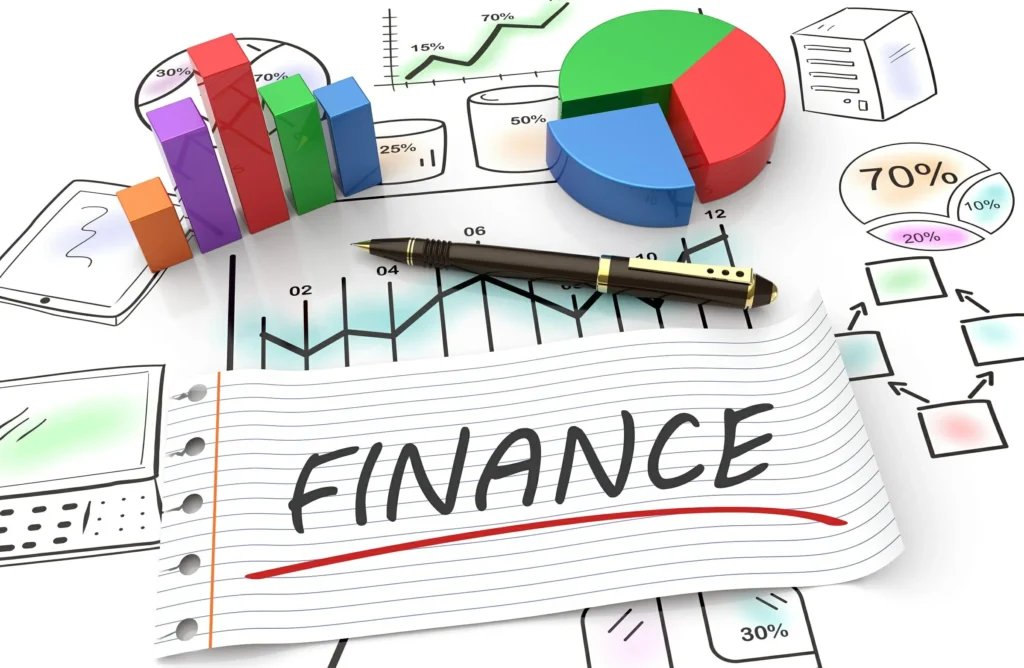A Data-Driven Perspective on Commercial Distribution Finance
Commercial Distribution Finance (CDF) is a specialized frame of loaning that empowers producers, wholesalers, and merchants to oversee their stock and cash stream effectively. It’s a budgetary component that bolsters the supply chain by giving short-term financing to cover the costs related with purchase and holding inventory before it’s sold to the end customer.
The Mechanics of Commercial Distribution Finance
At its center, CDF includes moneylenders giving credit facilities to businesses, permitting them to buy stock from producers or suppliers. The credit terms regularly extend from 30 to 180 days, amid which the borrower can offer the stock and reimburse the credit. The method is recurrent and outlined to coordinate the operational needs of businesses with their cash flow cycles.
For instance, a retailer might get a line of credit from a lender to buy a bulk order of gadgets from a producer. The retailer at that point includes an indicated period to sell those gadgets before reimbursing the lender. This course of action guarantees that the retailer can keep up satisfactory stock levels without tying up their capital, in this manner encouraging nonstop operations and growth.
The Role of Data in CDF
Data plays a vital part within the viability and effectiveness of Commercial Distribution Finance. Lender utilizes an assortment of Data Points to evaluate the financial soundness of borrowers, decide suitable credit limits, and screen the progressing execution of the financed stock.
Key data metrics incorporate:
Sales Performance: Historical and projected sales data help lenders understand the demand for the inventory and the likelihood of timely repayment.
Inventory Turnover: This metric demonstrates how rapidly inventory is sold and supplanted over a period. High turnover rates suggest strong sales, lessening the lender’s risk.
Financial Health: Balance sheets, income statements, and cash statements give a comprehensive view of a borrower’s financial soundness.
Market Trends: Industry patterns and financial markers offer assistance to foresee future demand and potential dangers related with particular items or markets.
The Economic Impact of CDF
Commercial distribution finance may be a crucial component of the worldwide economy, supporting a wide extend of businesses, from car and hardware to consumer goods and healthcare. Concurring to a report by the Equipment Leasing and Finance Association (ELFA), the U.S. equipment finance market alone was estimated to be worth $900 billion in 2022, with CDF being a significant contributor.
The availability of CDF permits businesses to function with lower working capital, which can be reinvested into other regions such as inquire about and improvement, promoting, and development. This budgetary adaptability is especially vital for Small and medium-sized Enterprises (SMEs), which regularly confront challenges in accessing traditional forms of credit.
Case Study: The Car Industry
The car industry gives a compelling case of the affect of CDF. Dealerships depend intensely on floor plan financing, a type of CDF, to stock their showrooms with modern vehicles. Without this sort of financing, dealerships would battle to preserve adequate inventory levels, specifically influencing deals and productivity.
Data from the National Automobile Dealers Association (NADA) reveals that the average U.S. dealership carries approximately $3 million in inventory. Floor plan financing enables these dealerships to manage such large inventories without depleting their cash reserves. As vehicles are sold, the dealerships repay the lender, creating a continuous cycle of inventory purchase and sale that sustains the business.
Technological advancements in CDF
The landscape of commercial distribution finance is advancing with the advent of technological innovations. Advanced Data Analytics, machine learning, and blockchain are changing how loan specialists survey risk, manage credit lines, and streamline operations.
For example:
Predictive Analytics: By analyzing historical data and market trends, banks can foresee future sales performance and alter credit limits appropriately.
Machine Learning: Algorithms can recognize patterns and anomalies in sales and inventory data, giving early warnings of potential dangers or opportunities.
Blockchain: Distributed Ledger technology guarantees transparency and security in transactions, decreasing frauds and improving trust between lenders and borrowers.
Challenges and Future Viewpoint
Whereas CDF offers critical benefits, it too comes with challenges. Financial downturns, supply chain disturbances, and fluctuating demand can influence the capacity of borrowers to offer inventory and reimburse credits. Loan specialists must persistently adjust their techniques to moderate these dangers.
Looking ahead, future prospects of commercial distribution finance will likely be molded by progressing innovative progressions and changing financial conditions. The integration of advanced instruments and stages will improve the productivity and precision of credit appraisals, whereas real-time information analytics will empower more energetic and responsive financing arrangements.





